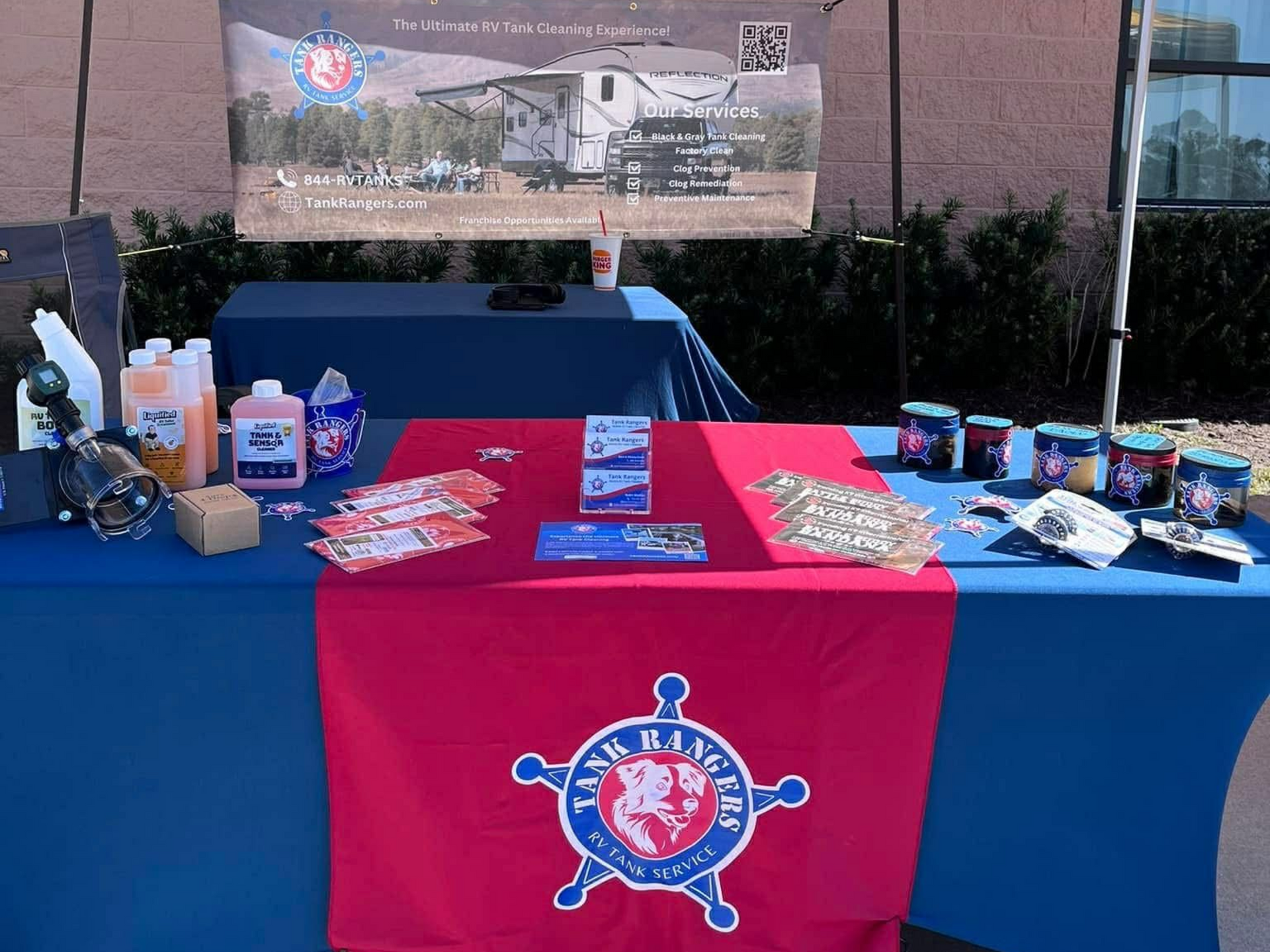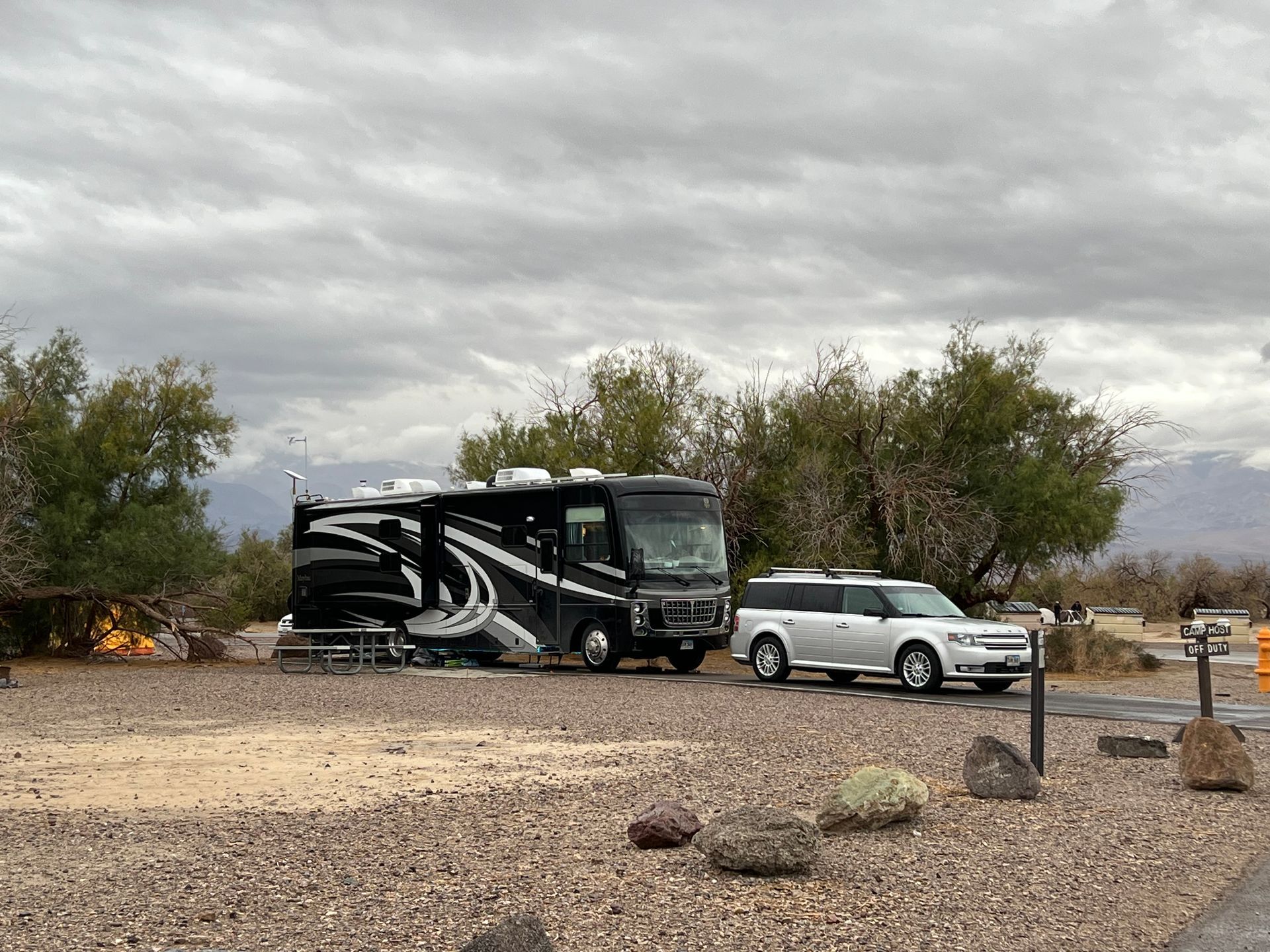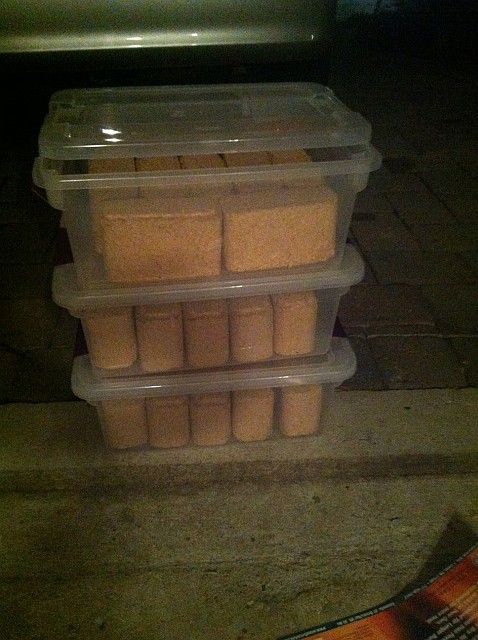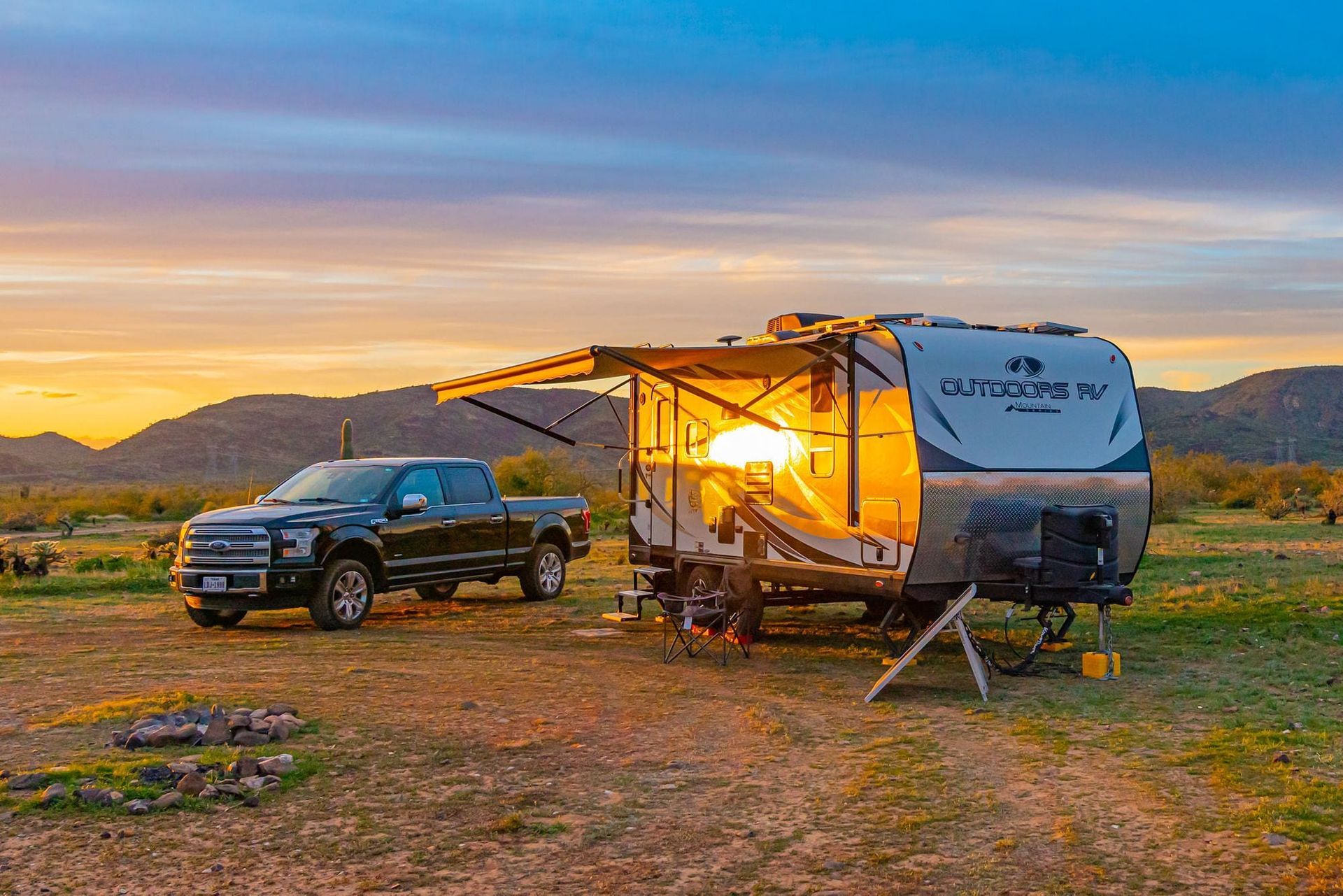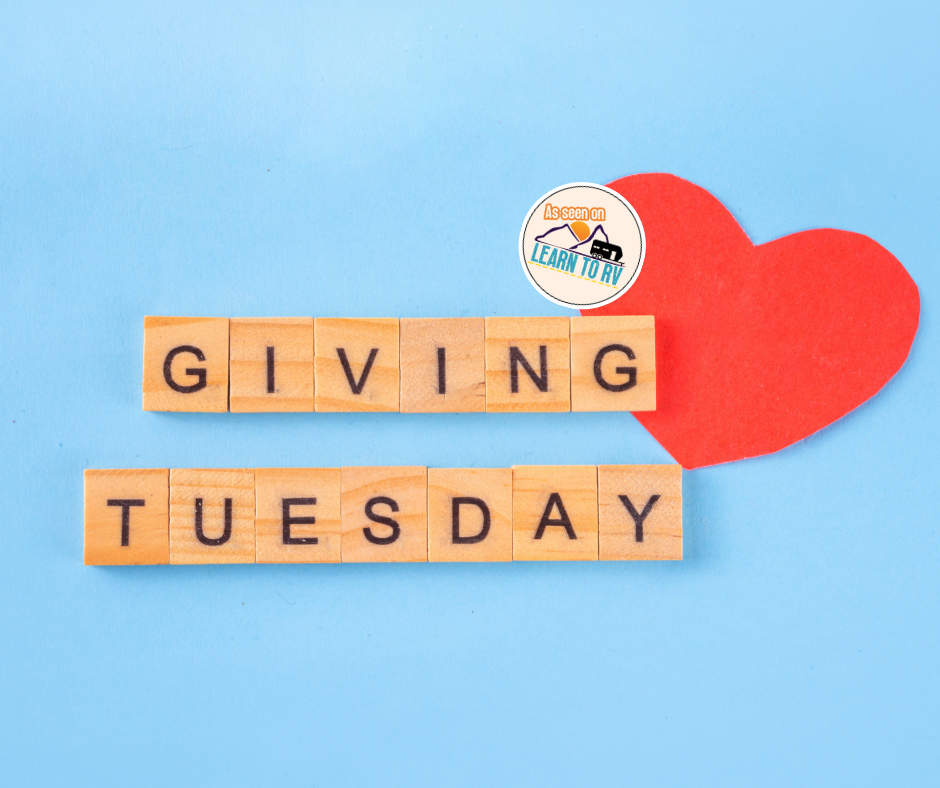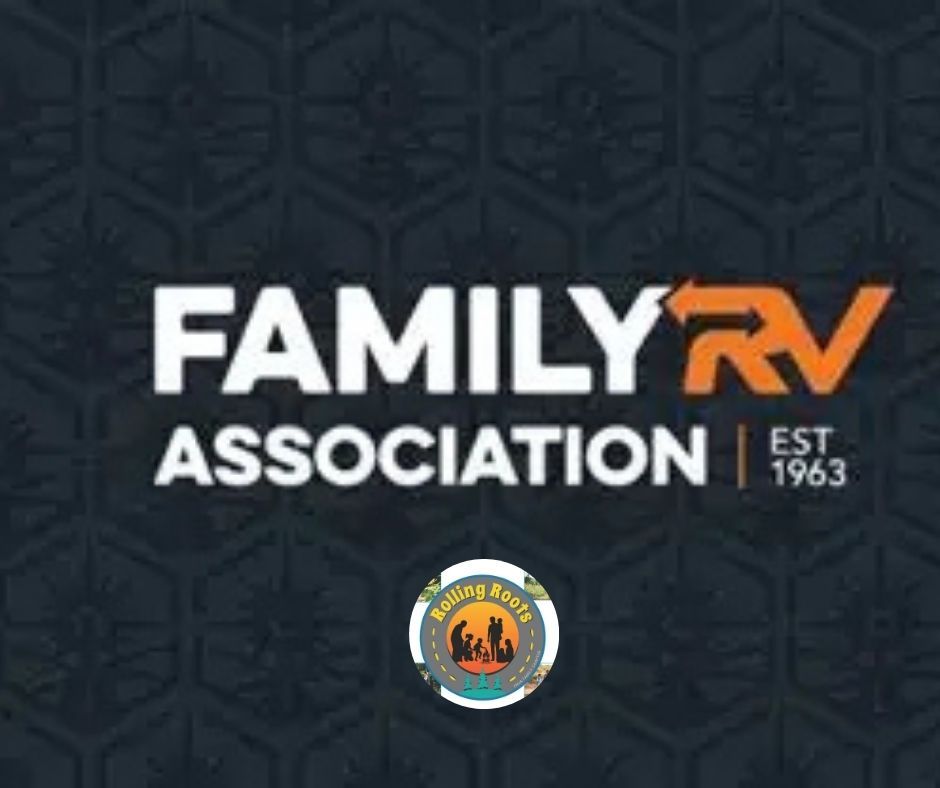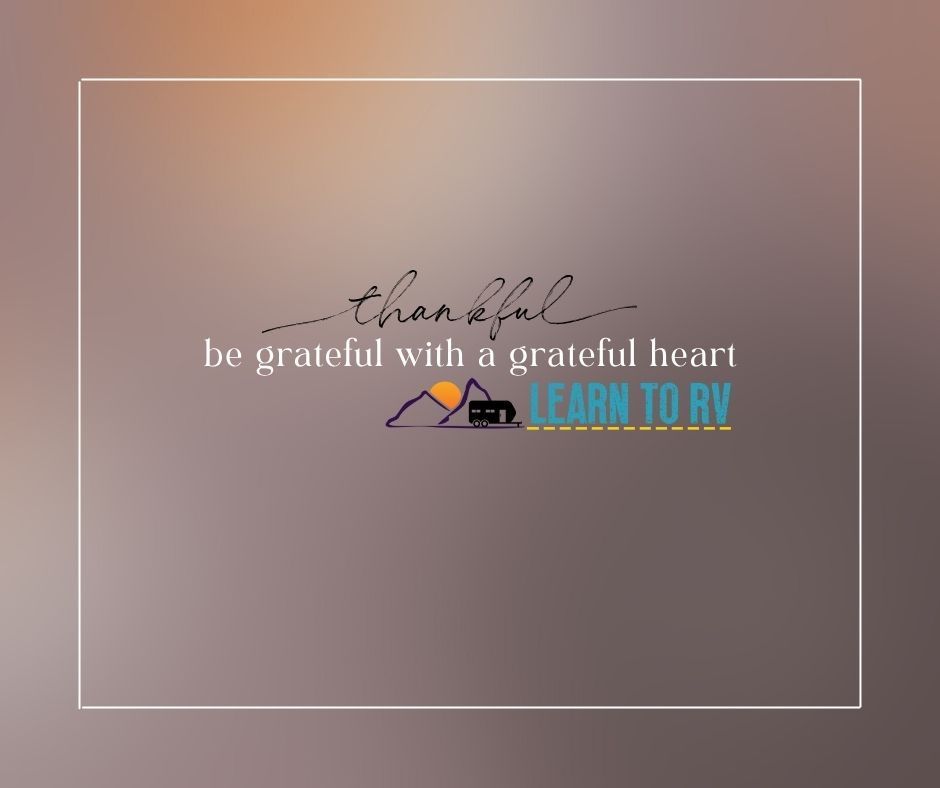Wood Brick Fuel – First Thoughts
Doug S • April 21, 2025
In a previous post, I wrote about my conundrum for having firewood for fires – in short, due to bugs and pests, transporting it isn’t an option; the camp store firewood is too expensive and I’ve had hit or miss luck just buying it near the campground. I came across a product called Wood Brick Fuel by US Recycled Wood Products that seemed like it would be a likely candidate.
- It’s ingredients list is just wood- there is no filler, no paraffin holding it together, nothing.
- Because it’s just wood, it is food safe (received confirmation from the company that they are food safe)
- It was available for sale just up the road from me at a hardware store.
- It wasn’t grossly expensive.
I bought a bundle of 20 blocks. They are 2 pounds per block. It cost me right about $9.
My Review
Longest story short: I’ll keep buying and using them in addition to real wood, when that’s available.
The Pros
Easy to transport – being bricks, I put them into totes because water destroys them. This gave me 3 handy boxes to carry around.
Easy to light – they caught very quickly with just a simple 3 block teepee and some cardboard and a paper towel rolled up inside of it. I caught the paper towel on fire, that lit the cardboard and the whole thing was up and burning with no fuss.
Safe to transport – this was the biggest thing. There are no restrictions on travelling with them – I can take them 1,000 miles away if I wanted to.
Even heat for cooking – once these got hot, they were a nice even and steady heat for cooking. We cooked burgers on my Amazing Grill and it made it pretty easy because it was a consistent heat.
Inexpensive ( compared to camp store wood ) – these definitely lasted longer then $6-worth of the camp store wood that I typically am stuck with.
The Cons
Need Protected from Water – as I mentioned before, these deteriorate when exposed to water.
Smokey start up – I didn’t compare these against real wood, but the first three and then later 4 or 5 more were pretty smokey until they got red hot. However, I didn’t compare this against an equivalent amount of wood.
The fire didn’t feel “alive” – once they got hot, there was little flame. Basically it made good embers, but there wasn’t any pizzazz or life to the fire. I kept throwing twigs and small branches on to have some yellow to look at and love. You also couldn’t “play” with the fire – the bricks, once red hot, would break down if poked at with a stick. Truth be told, this was probably my single biggest issue with these.
Expensive (compared to a cord of wood delivered to home) – locally, I can get a cord of wood for (rarely) $150 to (more commonly) $200. A 1,000-brick pallet (weighing 2,000 pounds) would cost me $300.
Final Verdict
I’ll buy and use these again with the plan on augmenting them with wood from the camp store or from a local seller. It should give me a nice combination of less expensive “wood” that is easy to transport and find and the “life” that I’m looking for in a fire.
Pictures
Other blogs you might like...

